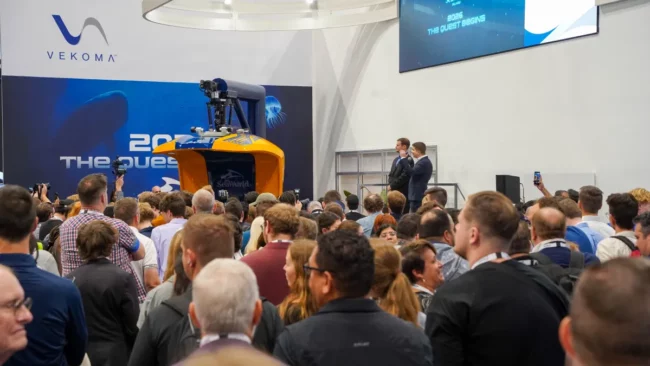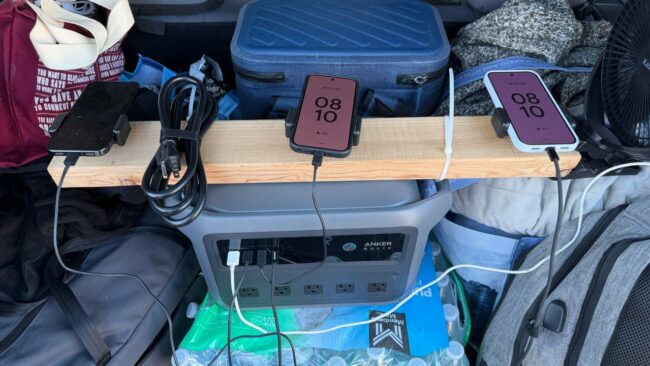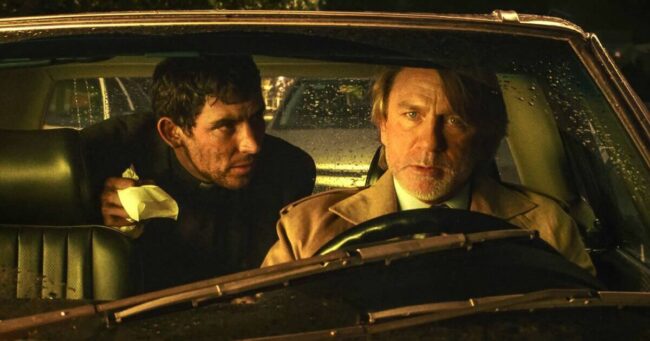Travel: Discover the tranquil mangrove forest of Koh Rong Marine National Park
… has transformed into a thriving tourist destination, supported by major infrastructure … >“Many villagers now provide tourism-related services, creating sustainable livelihoods … ;/www.phnompenhpost.com/travel/discover-the-tranquil-mangrove- …








